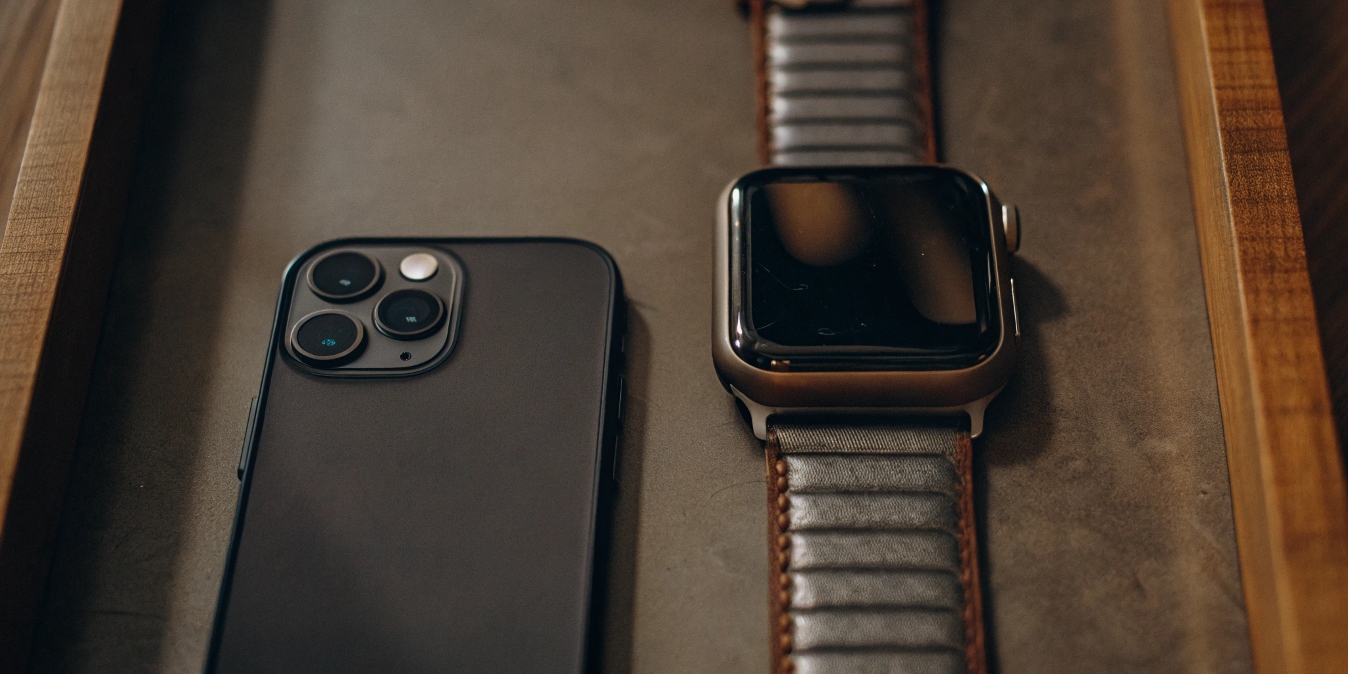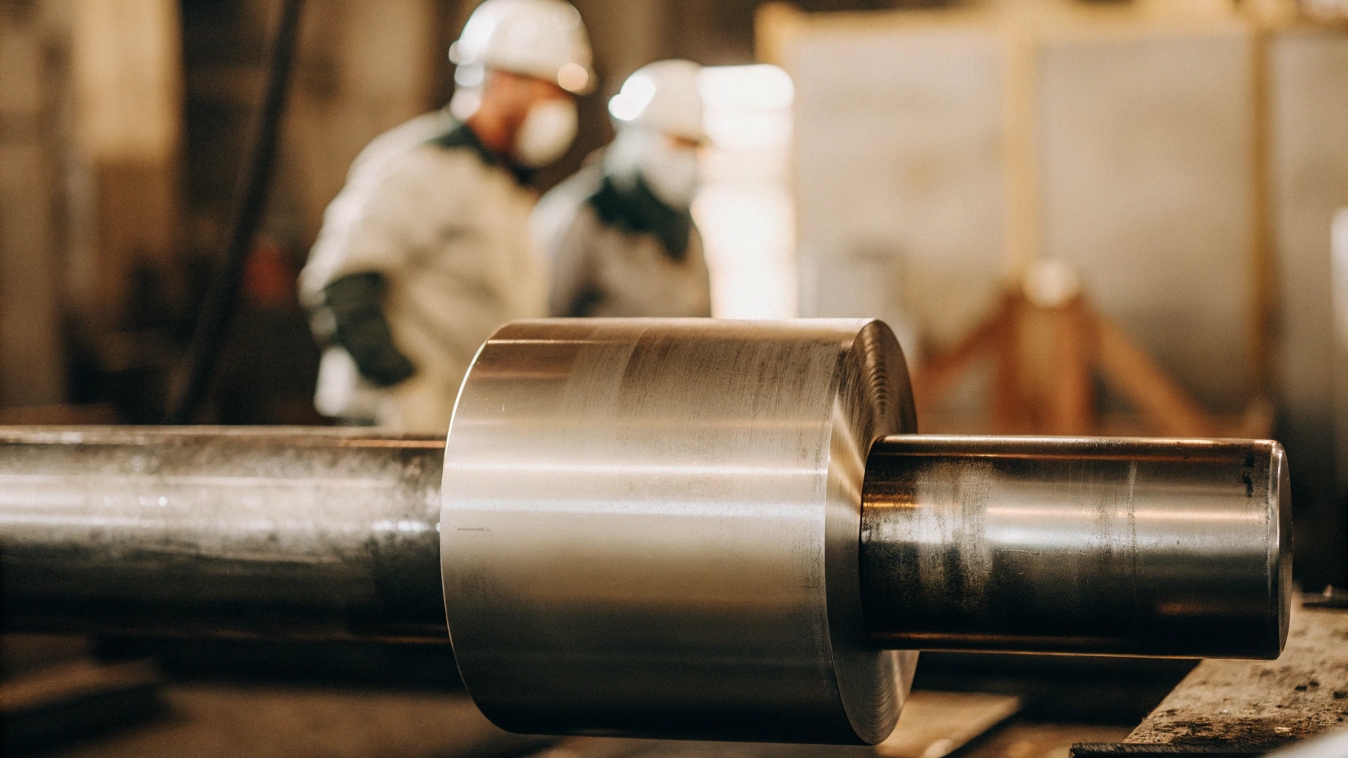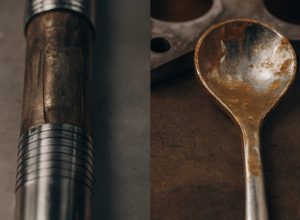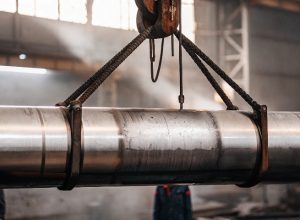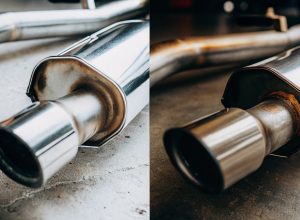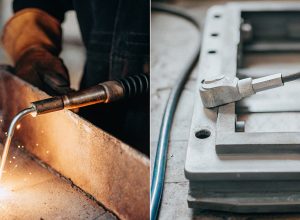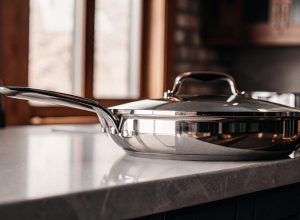Haben Sie Schwierigkeiten, herauszufinden, in welchen Apple-Produkten Titan verwendet wird? Diese Verwirrung wirkt sich auf Ihre Entscheidungen aus, ob Sie nun kaufen oder entwerfen. Hier ist die klare Liste, die Sie für eine sichere Entscheidungsfindung benötigen.
Apple verwendet Titanlegierungen für seine Premium-Geräte, darunter das iPhone 15 Pro und Pro Max, die Apple Watch Ultra und seit jeher das PowerBook G4. Diese Wahl verbessert die Haltbarkeit und reduziert das Gewicht, was dem Benutzer ein besseres Erlebnis bietet. Als Zulieferer sehen wir dies als einen wachsenden Trend.
Da Sie nun wissen, in welchen Produkten Titan verwendet wird, ist die nächste logische Frage, was freundlich des Titans ist. Für Fachleute wie Lisa, die sich mit Produktspezifikationen befassen, ist die genaue Kenntnis der Materialqualität entscheidend für die Bewertung von Leistung und Kosten. Die Details hinter Apples Materialwahl sind genauso wichtig wie die Produkte selbst. Sehen wir uns die Einzelheiten an.
Verwendet Apple tatsächlich Titan Grad 5?
Haben Sie gehört, dass Apple Titan in Luft- und Raumfahrtqualität verwendet? Da ich den genauen Grad nicht kenne, ist es schwierig, es mit den bekannten industriellen Materialien zu vergleichen. Ich werde die spezifische Legierung bestätigen.
Ja, Apple verwendet Titan Grad 5, auch bekannt als Ti-6Al-4V. Dies ist eine für die Luft- und Raumfahrt geeignete Legierung, die für ihr hervorragendes Verhältnis von Festigkeit zu Gewicht geschätzt wird. Wir liefern genau diese Legierung für anspruchsvolle Anwendungen in der Luft- und Raumfahrt sowie in der Medizin, so dass ihre Verwendung in einem Telefon sehr beeindruckend ist.
Warum die 5. Klasse eine große Sache ist
Bei meiner Arbeit in der Fabrik ist Titan Grad 5 unser Spitzenmaterial. Dabei handelt es sich nicht um reines Titan, sondern um eine Legierung mit 6% Aluminium und 4% Vanadium. Diese Zusätze machen es deutlich stärker als handelsübliches Reintitan. Wenn ein Kunde ein Teil benötigt, das extremen Belastungen ohne zusätzliches Gewicht standhalten muss, wie z. B. bei Flugzeugfahrwerken oder kritischen Motorkomponenten, empfehlen wir immer Grade 5. Die Verwendung dieses Materials in einem Verbrauchergerät wie dem iPhone ist ein Beweis dafür, wie fortschrittlich die Fertigung geworden ist. Es handelt sich nicht nur um einen Marketingbegriff, sondern um eine bewusste technische Entscheidung für eine erstklassige Leistung. Für jemanden wie Lisa bedeutet die Angabe von Güteklasse 5, dass Sie sich für ein Material entscheiden, das sich seit Jahrzehnten in den kritischsten Bereichen bewährt hat.
Grad 5 im Vergleich zu anderen Titangraden
Titan ist nicht gleich Titan. Der "Grad" macht einen großen Unterschied in Leistung und Kosten. Hier ist eine einfache Aufschlüsselung.
| Eigentum | Kommerzielles Reintitan (Grad 2) | Titan in Luft- und Raumfahrtqualität (Grad 5) |
|---|---|---|
| Stärke | Mäßig | Sehr hoch |
| Gewicht | Niedrig | Niedrig |
| Gemeinsame Nutzung | Chemische Verarbeitung, Architektur | Luft- und Raumfahrt, Medizin, iPhone 15 Pro |
| Kosten | Unter | Höher |
Diese Tabelle zeigt, warum die Entscheidung von Apple von Bedeutung ist. Das Unternehmen hat sich für die stärkere, teurere Option entschieden, weil sie klare Leistungsvorteile bietet.
Welche Titanlegierung wird im iPhone verwendet?
Du fragst dich nach dem speziellen Titan im neuesten iPhone? Wenn Sie die Legierung kennen, können Sie sich ein Bild von der tatsächlichen Haltbarkeit und Haptik machen. Hier ist die genaue Materialspezifikation.
Das iPhone 15 Pro und Pro Max verwenden eine Titanlegierung des Grades 5, Ti-6Al-4V, für ihren strukturellen Rahmen. Apple hat sich für dieses Material entschieden, um eine außergewöhnliche Festigkeit und ein geringes Gewicht zu erzielen, wodurch das Telefon spürbar leichter wird, ohne an Haltbarkeit einzubüßen. Dies ist eine Entscheidung, bei der die Technik im Vordergrund steht.
Aus der Luft- und Raumfahrt in Ihre Tasche
Das Verfahren von Apple für das iPhone ist sehr fortschrittlich. Es wird nicht einfach ein massiver Titanblock verwendet. Stattdessen kommt ein hochmodernes Herstellungsverfahren namens Solid-State-Diffusion zum Einsatz. Bei diesem Verfahren wird im Wesentlichen der äußere Titanrahmen mit einer inneren Aluminiumstruktur verschmolzen. In meinem Labor haben wir an ähnlichen Verbindungstechniken für industrielle Komponenten gearbeitet, und es ist nicht einfach. Es erfordert immense Hitze und Druck in einem Vakuum. Diese clevere Hybridkonstruktion kombiniert das Beste aus beiden Metallen. Sie erhalten die äußere Zähigkeit, die Kratzfestigkeit und die hochwertige Haptik des Titans. Gleichzeitig hilft der interne Aluminiumrahmen bei der Wärmeableitung und hält die Gesamtstruktur leicht. Dies ist ein sehr intelligenter Weg, um mehrere technische Herausforderungen auf einmal zu lösen.
Die Vorteile für den Benutzer
Für die Person, die das Telefon in der Hand hält, bringt diese technische Entscheidung echte Vorteile mit sich. Verglichen mit dem Edelstahl, der in früheren Pro-Modellen verwendet wurde, macht der Titanrahmen das Telefon um 10% leichter. Das habe ich sofort gemerkt, als ich es in der Hand hielt. Es fühlt sich ausgewogener und komfortabler an. Die gebürstete Oberfläche ist ebenfalls eine direkte Folge der Verwendung von Titan. Diese Textur dient nicht nur der Optik, sondern versteckt auch Fingerabdrücke und kleine Kratzer besser als polierter Stahl. Für eine Produktmanagerin wie Lisa sind dies greifbare Vorteile, die die Verwendung eines hochwertigen Materials gegenüber den Kunden rechtfertigen.
Verwendet Apple tatsächlich Titan?
Sind Sie skeptisch gegenüber den Marketingaussagen von Apple? Sie müssen wissen, ob es sich um ein solides Titangehäuse oder nur um eine dünne Beschichtung handelt. Ich werde genau klären, wie es verwendet wird.
Ja, Apple verwendet wirklich massives Titan. Es handelt sich nicht um eine Beschichtung. Das iPhone 15 Pro hat ein massives Titanband, das mit seinem Rahmen verschmolzen ist. Bei der Apple Watch Ultra ist das Gehäuse aus einem massiven Titanblock gefräst. Dies ist ein wesentlicher Bestandteil der Produktstruktur.
Unterschiedliche Produkte, unterschiedliche Herangehensweisen
Apple verwendet Titan je nach Zielsetzung des Produkts unterschiedlich. Bei der Apple Watch Ultra, die für extreme Haltbarkeit und raue Umgebungen konzipiert ist, wird das Gehäuse aus einem massiven Stück Titan Grad 5 gefräst. Dies ist eine traditionellere Methode für High-End-Uhren und gewährleistet maximale Festigkeit. Ein Kunde fragte mich kürzlich, ob eine dünne Titanbeschichtung1 den gleichen Schutz bieten könnte. Ich habe erklärt, dass eine Beschichtung nur für Oberflächenhärte sorgt. Für echte strukturelle Integrität gegen Stürze und Stöße ist eine solide Metallstruktur unerlässlich. Der Ansatz, den Apple mit der Watch Ultra verfolgt, ist der richtige für den vorgesehenen Verwendungszweck. Das iPhone 15 Pro verfolgt mit seiner Verbundstruktur einen anderen, komplexeren Ansatz, um ein Gleichgewicht zwischen Gewicht, Festigkeit und Wärmemanagement für ein Telefon herzustellen.
Eine kurze Geschichte von Apple und Titanium
Hier sehen Sie, wie Titan im Laufe der Jahre in Apple-Produkten eingesetzt wurde, was das Engagement des Unternehmens für dieses Material zeigt.
| Produkt | Titan Anwendung | Hauptnutzen |
|---|---|---|
| iPhone 15 Pro / Pro Max | Geklebter Außenrahmen | Gewichtsreduzierung, Langlebigkeit, hochwertiges Gefühl |
| Apple Watch Ultra | Massiv gefrästes Gehäuse | Extreme Robustheit, Korrosionsbeständigkeit |
| PowerBook G4 (2001) | Ganzkörperverkleidung | Erstmaliger Einsatz, leichte Stärke für Laptops |
| Apfelkarte | Kernmaterial und Oberfläche | Steifigkeit, einzigartige weiße Oberfläche durch Oxidschicht |
Dies zeigt, dass die Verwendung von Titan bei Apple keine neue Spielerei ist, sondern eine langfristige Materialstrategie für seine Premium-Produkte.
Welches Apple-Telefon ist aus Titan gefertigt?
Sie suchen ein bestimmtes iPhone-Modell mit einem Titanrahmen? Bei den vielen Modellen, die jedes Jahr auf den Markt kommen, ist es leicht, durcheinander zu kommen. Hier sind die genauen Modelle, nach denen Sie suchen sollten.
Das iPhone 15 Pro und das iPhone 15 Pro Max sind die ersten und einzigen Apple Telefone, die mit einem Titanrahmen2. Diese Modelle wurden im September 2023 veröffentlicht. Keine früheren iPhone-Modelle, einschließlich des Standard-iPhone 15 und 15 Plus, verwenden Titan.
Identifizierung der Titanmodelle
Wenn Sie in einem Geschäft sind, können Sie die iPhones aus Titan leicht erkennen. Dabei handelt es sich ausschließlich um die "Pro"-Modelle der 15er-Serie. Die Standard-iPhones 15 und 15 Plus verwenden weiterhin Aluminiumrahmen. Das offensichtlichste optische Merkmal ist die Oberfläche. Die Titanrahmen haben eine feine, gebürstete Textur, die sich deutlich von dem glänzenden Edelstahl der älteren Pro-Modelle oder dem matten Aluminium der Standardmodelle unterscheidet. Wenn wir Titan für architektonische Projekte liefern, ist die Oberfläche immer ein wichtiger Diskussionspunkt. Der gebürstete Look des iPhones ist den von uns hergestellten Oberflächen sehr ähnlich. Es ist nicht nur eine Frage des Stils, sondern auch eine praktische Entscheidung, die dazu beiträgt, kleine Kratzer aus dem täglichen Gebrauch zu verbergen.
Warum nicht die Standardmodelle?
Der Hauptgrund dafür, dass Titan nur in den Pro-Modellen verwendet wird, sind die Kosten. Die Titanlegierung Grad 5 ist wesentlich teurer als Aluminium. Die fortschrittlichen Bearbeitungs- und Klebeverfahren, die erforderlich sind, um es zu formen und mit der Aluminium-Unterstruktur zu verschmelzen, erhöhen die Herstellungskosten ebenfalls. Dies ist ein klassisches Beispiel für die Produktabstufung, etwas, mit dem ein Produktmanager wie Lisa sehr vertraut sein dürfte. Apple reserviert seine fortschrittlichsten und teuersten Materialien für seine Spitzenprodukte, bei denen die Verbraucher bereit sind, für die zusätzlichen Vorteile wie geringeres Gewicht, höhere Festigkeit und luxuriösere Haptik einen Aufpreis zu zahlen.
Schlussfolgerung
Kurz gesagt, Apple verwendet strategisch Titan Grad 5 in seinen High-End-Produkten. Dazu gehören das iPhone 15 Pro und die Apple Watch Ultra, die echte Vorteile bei Gewicht, Festigkeit und Haptik bieten.

